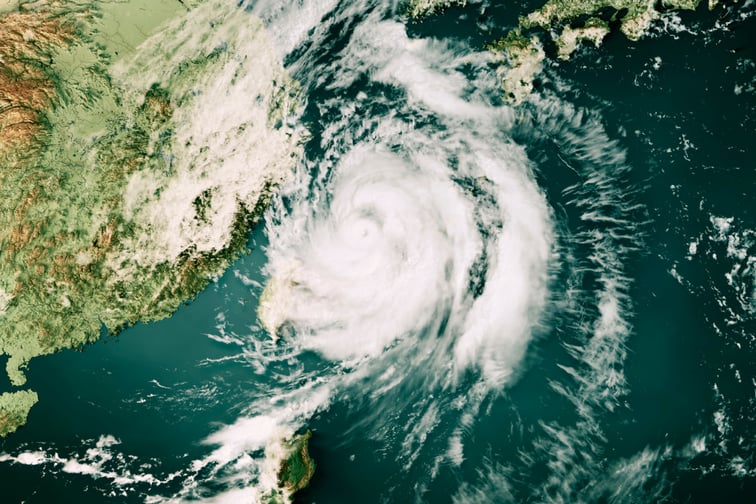

The global insurance industry is projected to see natural catastrophe losses of up to US$112 billion in the wake of extreme weather events that occurred in 2022, according to reinsurance broker Guy Carpenter.
Guy Carpenter said this total was largely driven by Hurricane Ian, which hit Florida last February. Several other extreme weather events also contributed to the hundred-billion total, including the widespread flooding in Australia, European hailstorms and floods, as well as other severe storms in the US.
This projected loss is just a few billion short of the US$115 billion estimate pegged by Swiss Re last month, according to a Reuters report. By comparison, the 10-year average was set at US$81 billion.
Citing industry sources, the same Reuters report said reinsurance rates are likely to raise as a result of losses related to Hurricane Ian and the war in Ukraine.
In a release issued last Friday, Guy Carpenter said the January 1 renewals proved to be one of the most challenging reinsurance markets that the sector has experienced, with a renewal season that came “extremely late.”
“Looking past the renewal of January 2023, it’s important to remember that we have been at crossroads before,” said Guy Carpenter president and CEO Dean Klisura. “In prior reinsurance cycles, significant catastrophe loss events such as Hurricane Andrew, the attacks of September 11, 2001, and Hurricanes Katrina, Rita and Wilma were the catalysts for market corrections that preceded new capital entering the sector.
“It is imperative that the industry stay focused on providing workable client solutions, thorough coverage and balanced pricing for the long-term sustainability of cedents and markets. Our top priority is ensuring that clients are getting the coverage and clarity they require in order to conduct their business.”
The release added that the projected natural catastrophe losses do not include the impact of the most recent December weather events.
A separate report from Guy Carpenter summarized the impact of winter storm Elliot which hit parts of the US and Canada over the holidays and compared it with similar events that occurred in 1983, 1985, 1989, and 1994. Adjusting for inflation, these similar events resulted in economic multi-billion-dollar losses, with the 1983 cold wave leading the list at US$6 billion.
